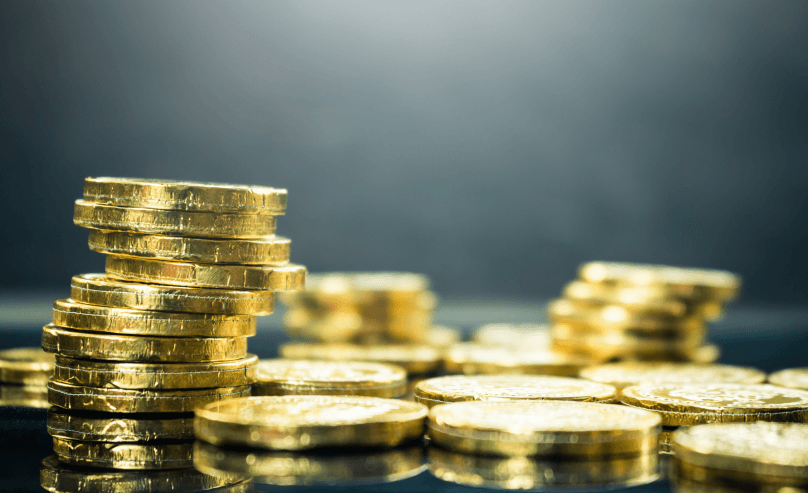Sustaining an Edge When Trading Forex Metals
May 18, 2022

When you’re trading a precious metals currency pair like gold against the dollar (XAU/USD) or silver against the dollar (XAG/USD), it’s easy to think of gold and silver as “currencies.” In a way, they are still considered “money” by some investors, even though they lost their “legal tender” in 1971 when the Gold Standard was abolished. But there’s so much more to these metals than their monetary past and current commodity usage.
Both provide insight toward future economic trends and industrial developments. So, when you’re looking to trade either metal for the intermediate- to long-term, there are a few extra items on the map to keep an eye on.
Gold – The Traditional Monetary Metal
Most investors know that the yellow metal is traditionally considered a hedge against inflation and, in some cases, a declining stock market. Some will even call it a leading indicator of inflation risk, sort of like the proverbial canary in a coal mine.
So, when you’re trading gold, it might help to look at several economic indicators that may either directly or indirectly impact the yellow metal. Monetary policy—especially Fed asset purchases and interest rate decisions—can have an impact on gold. Since gold investors respond to inflationary data, keeping an eye on the Consumer Price Index (CPI), Purchasing Managers Index (PMI), and occasionally glancing at the Money Supply may also help. Since gold responds to dollar movements, you might want to watch US 10-Year Treasury yields in addition to the Dollar Index.
Gold will respond differently to these reports depending on the big picture they might collectively illustrate with regard to broad economic health. But if you want to prepare a sound strategy based on how gold might fare in the coming months, there’s no getting around the fundamentals.
Silver- A Monetary-Industrial Hybrid
Silver occupies a unique position in the commodity mix. On one hand, it’s a “monetary metal.” that once backed the US dollar alongside gold. On the other hand, silver has industrial uses, many of which may be relevant to the emerging renewable energy industry. For example, silver is used for solar energy tech, lithium batteries, and flexible electronic products. What this tells us is that silver demand may increase as the renewable energy industry matures.
Another interesting dichotomy is that some investors may load up on silver as a safe haven when times are bad, while others may buy more of it when times are good, meaning the engines of industrial production are revving up.
So, if you’re trying to forecast silver’s longer term trend, pay attention to silver mining yields and current supply versus demand. Also, pay attention to market sentiment regarding safe haven versus industrial demand. It’s a tricky prospect, and silver is indeed volatile, but you can’t avoid the broader economic context when trading a metal whose relevance in the economy is both shiny yet “grey.”
The Gold-to-Silver Ratio
Last thing to consider: the gold to silver ratio. In a nutshell, the “theory” behind this is that there’s a reasonable range in which the gold to silver ratio should float. That range is debatable. Some gold bugs say it should be around 15-to-1 (15 ounces of silver for every 1 ounce of gold). In most of the 20th century, the average was around 45-to-1. Some analysts now believe the new ratio is closer to 75-to-1.
In March 2020, the ratio hit an extremely high level exceeding 126-to-1. This was practically a 5,000 year high, and precious metals traders forecasted that such a high level was unsustainable.
Here’s what happened next: The gold-to-silver ratio rose to 126-to-1. Silver rose sharply in response. Gold continued rising, but not with the same momentum as silver.
The gold-to-silver ratio isn’t always an accurate predictor, but it can tell you when either metal might be poised to rise or fall.
The Bottom Line
While gold and silver are traditionally considered monetary metals, it would be wise for you to consider the wider fundamental context when anticipating potential trends in either asset. Happy trading!